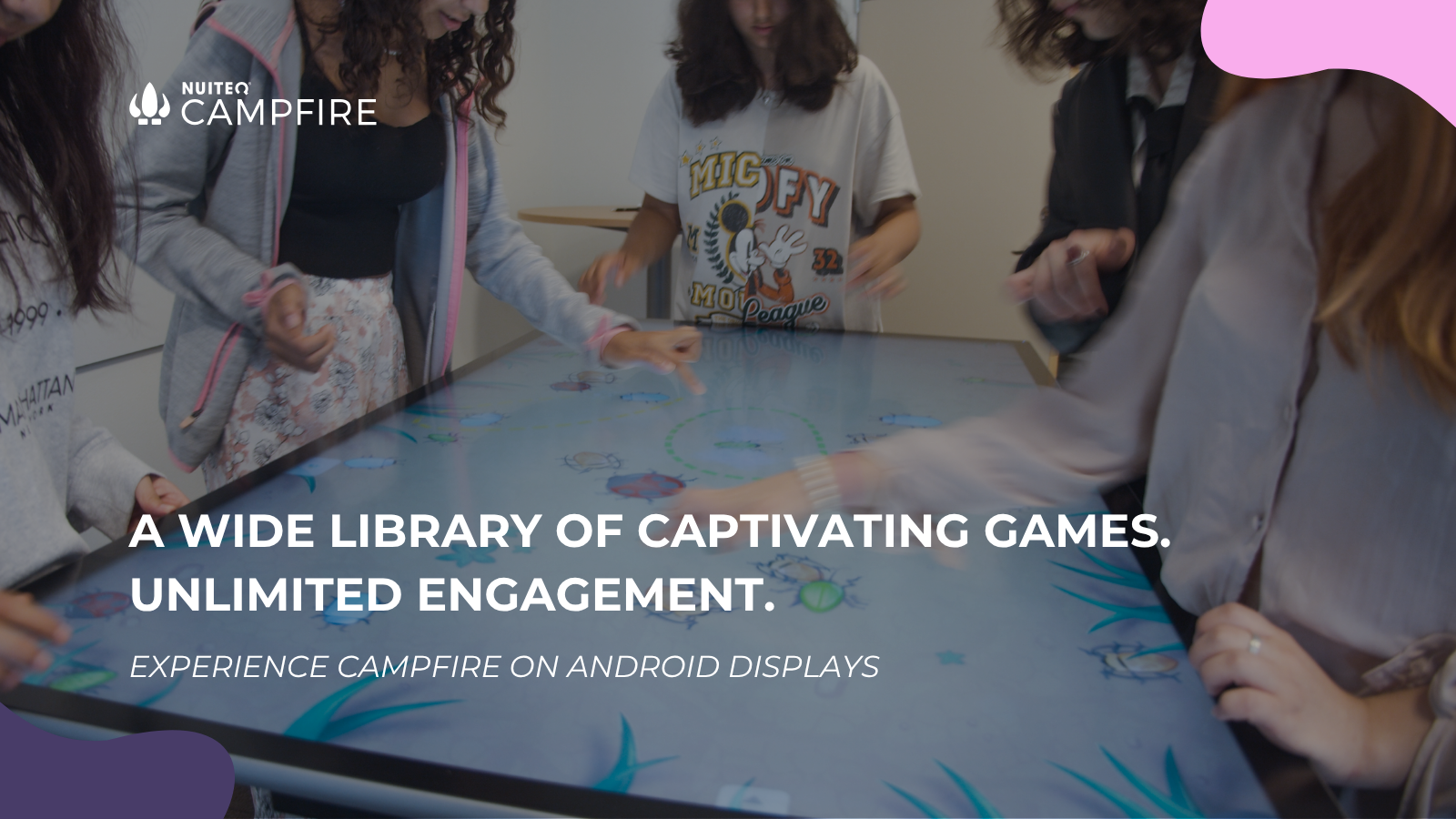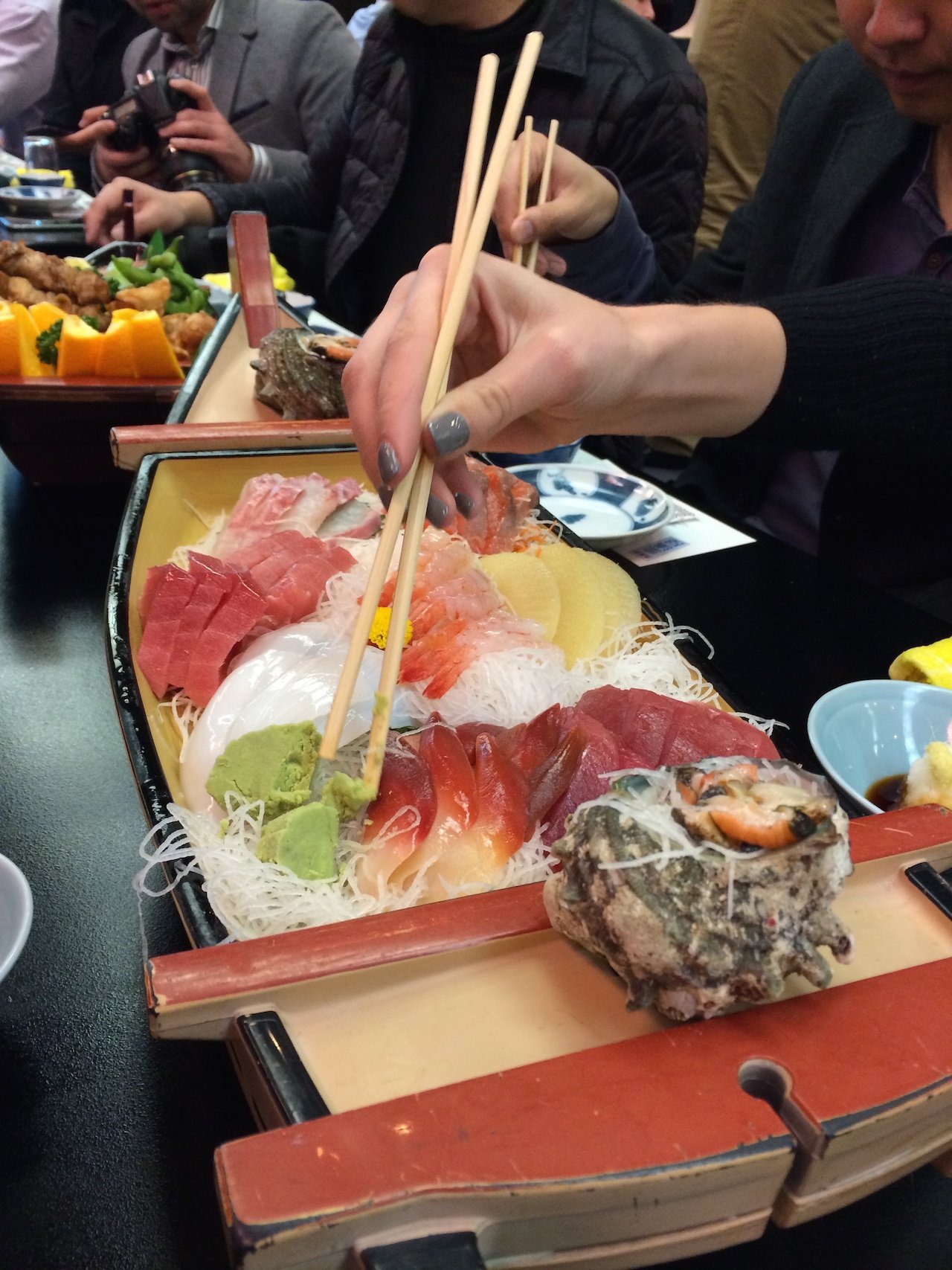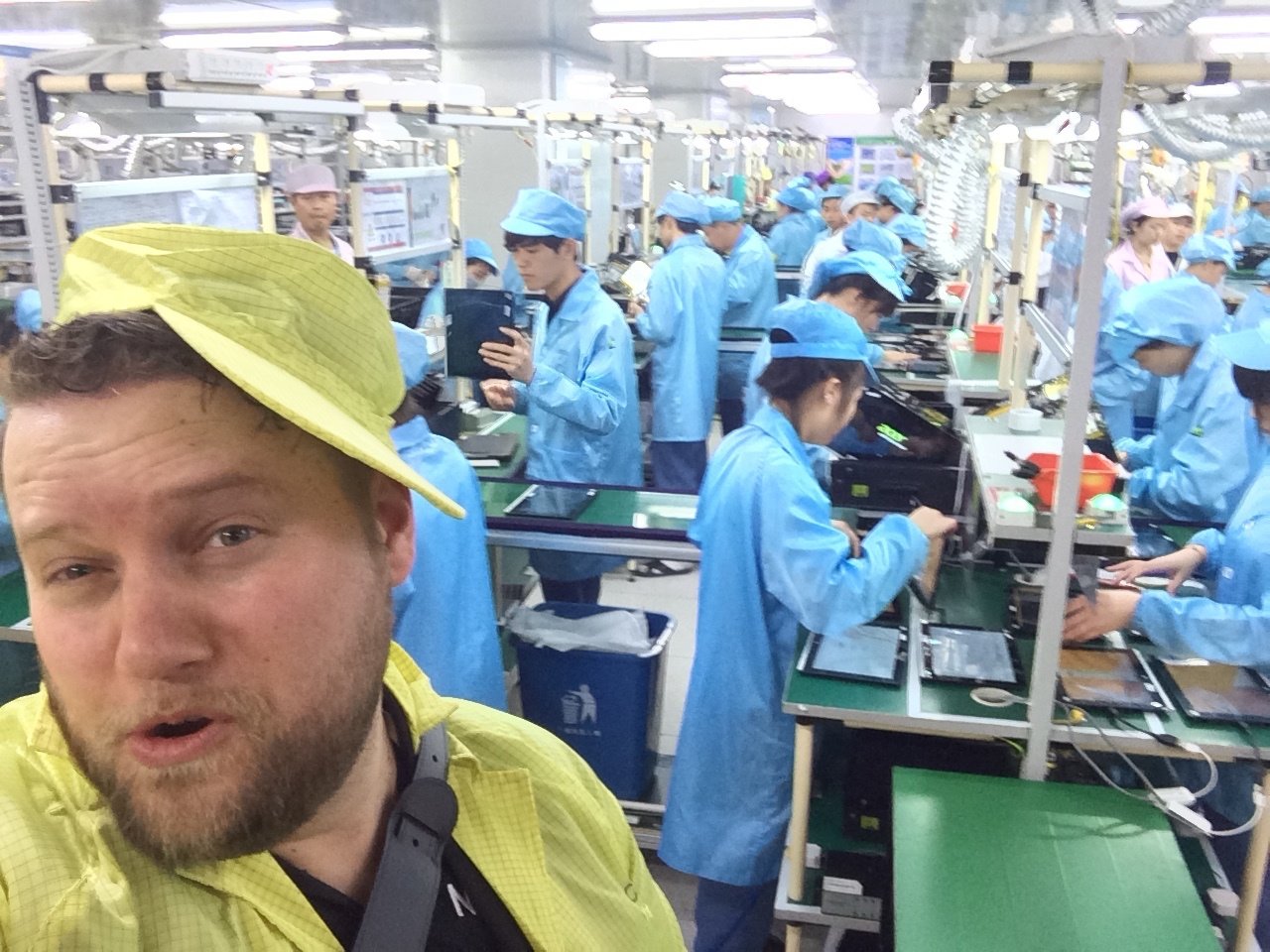
Since the beginning of the NUIgroup community, there has been a hunt to find a good piece of material to improve the coupling between the projection screen material (mylar, tracing paper, Rosco or other) and the acrylic. With just the acrylic and the project screen on top, it was very hard to generate clear blobs. The blobs got pretty vague because of the diffusion of the infrared light by the projection screen material. In that case you had to press pretty hard to generate a workable blob. And that's not something you want ;) This has to do with physics. It's about relative index of refraction. For example, when you touch the acrylic with your bare fingers, there is still some miniscule air in the space between the acrylic and your fingers. So when you wetten your fingers, these miniscule air holes get filled, so your finger has a better coupling with the acrylic. This way the blobs are brighter with wett fingers opossed to dry fingers. Therefor we needed to find a material that prevented those small airholes as much as possible, so that there would be a better coupling, resulting in brighter more clear blobs.
Members within the community have tried all different types of materials, rubbers, silicone, latex etc and it seems that thanks to trial and error and alot of input of different people, the hunt is over.
Rockitdontstopit (NUIgroup community member) posted the image above into our Flickr multi-touch pool
He used Transparent Silicone Rubber @ 0.5 mm with Mylar on Top. So the key in this case is the transparent silicone rubber of 0,5 mm. My guess is, you could also use Rosco or tracing paper on top of this material as a projection screen.
Where as Rosco is a relatively expansive material. The projection on this material is very nice. But there are also cheaper solutions you might as well want to go with.
Credit goes to Joobs as well for putting alot of time and effort in finding the right compliant surface overlay.
So next stap would be to find a transparent silicone rubber material that's nice and smooth to touch (on the upper part) and has a firm coupling with the acrylic (on the bottom part), and where you can even project an image on.
If you want to know more about this topic, drop by on the NUIgroup forum: http://nuigroup.com/forums/viewthread/6/P75/
Update @ 19:40
I assumed he ordered a produced piece of material, but as a matter of fact he produced his own material, by combining two materials, as can be read on the link above.
Either way, I think you now have a pretty clear view of what kind of material you should be looking for. If you find something similar to this, but fabricated in one piece and of the shelf. Please drop a note.
The thin protective silicone transparent layer on top of Apple Ipod, seems to be a good material as well. So if anybody has some specifications about that material, or knows where to find large dimensions of that material, let me know.


 Sho stick
Sho stick








